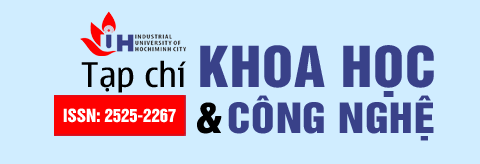EVALUATING THE EFFICIENCY OF AGRICULTURAL PRODUCTION LAND USE IN CU CHI DISTRICT, HO CHI MINH CITY
Main Article Content
Abstract
This article aims to evaluate the current state of land use in Cu Chi district, Ho Chi Minh City, and assess the effectiveness of various land-use categories regarding social, economic, and environmental impact. The research was conducted in 2023, and data was obtained from 600 surveys of agricultural households in 20 communes of Cu Chi district. The study identified four major land types with 17 primary land-use categories, of which nine were highly effective, five were moderately effective, and three were less effective. The analysis recommends maintaining the land area for growing vegetables and fruit trees, which are highly effective. Additionally, it is suggested to partially convert the cultivation area to vegetables or ornamental flowers for rice and maize cultivation, as the evaluation results indicated low efficiency. However, complete abandonment of these crops is not recommended due to their specific role in ensuring food security for the region and the country. Concurrently, further research is needed to explore solutions for increasing productivity while minimizing negative environmental impacts. Some emerging land use patterns, such as ornamental plant cultivation, also exhibit significant potential. These land use patterns require additional attention for strategic development as the evaluation results show high efficiency, promising economic value, minimal environmental impact, and positive contributions to the district's social indicators.

